The Smart Surfaces Coalition, in partnership with the Sabin Center for Climate Change Law, has launched an updated Smart Surfaces Policy Tracker, a comprehensive tool designed to help U.S. cities and states track, compare, and implement policies that address extreme urban heat and flooding through innovative surface design strategies. The tool compiles over 1,935 policy items from across the country, including building code amendments, zoning ordinances, procurement policies, comprehensive plans, and green stormwater infrastructure regulations, serving as a valuable resource for policymakers, city officials, and advocates seeking to make cities more resilient and sustainable.
Smart Surfaces refer to a suite of technologies and urban design strategies that improve the reflectivity, permeability, and ecological function of city surfaces. These include:
- Reflective (cool) roofs and pavements: These surfaces reflect more sunlight, reducing heat absorption and lowering urban temperatures during the day. Reflective pavements also reflect more street lighting at night, which can impact roadway brightness, glare, and street lighting design.
- Porous surfaces: Materials that allow water to infiltrate, reducing runoff and mitigating flooding.
- Green roofs: Vegetated roof systems that provide insulation, absorb rainwater, and cool buildings.
- Solar panels: Rooftop photovoltaics that generate clean energy while shading surfaces and reducing heat gain.
- Urban trees and rain gardens: Vegetation that cools the air, improves drainage, and enhances urban biodiversity.
Adopting these smart surface strategies can lower citywide temperatures by up to 5°F, reduce energy costs, improve public health, minimize flood risk, and create more livable, equitable urban environments. The Policy Tracker supports this transition by enabling users to:
- Discover model ordinance language from peer cities, providing templates and examples for local adaptation.
- Compare regulatory metrics and policy approaches across different communities and states.
- Understand the evolving landscape of Smart Surfaces policy in the U.S., including legal considerations and best practices.
The Tracker currently features policies from nine states—Arizona, Florida, Georgia, Louisiana, Massachusetts, North Carolina, Oregon, South Carolina, and Texas—with plans to expand nationwide. It is continuously updated to reflect new policies and lessons learned from cities at the forefront of climate adaptation.
Policy adoption is critical for scaling up Smart Surfaces. Amending building codes, updating zoning regulations, and making citywide commitments are essential steps to accelerate widespread implementation and drive down costs. The Tracker provides not only policy text but also practical guidance, such as real-world case studies, investment scenarios, and links to additional resources like the Smart Surfaces Guidebook and Policy Guide. These resources highlight successful strategies from cities like Columbus, Salem, and Oakland, and offer actionable tools for expanding urban tree canopies, updating local ordinances, and securing sustainable funding for urban forestry and green infrastructure.
The Smart Surfaces Policy Tracker is intended as a starting point for research and policy development. Users are encouraged to consult legal counsel to adapt model policies to their local context, ensuring compliance with local laws and addressing specific community needs. As urban areas continue to face the challenges of rising temperatures and increased flooding, the Tracker empowers cities to adopt proven, cost-effective solutions that enhance resilience, public health, and quality of life.
The Smart Surfaces Policy Tracker can be found here.
Image: smartsurfacescoalition.org







You must be logged in to post a comment.